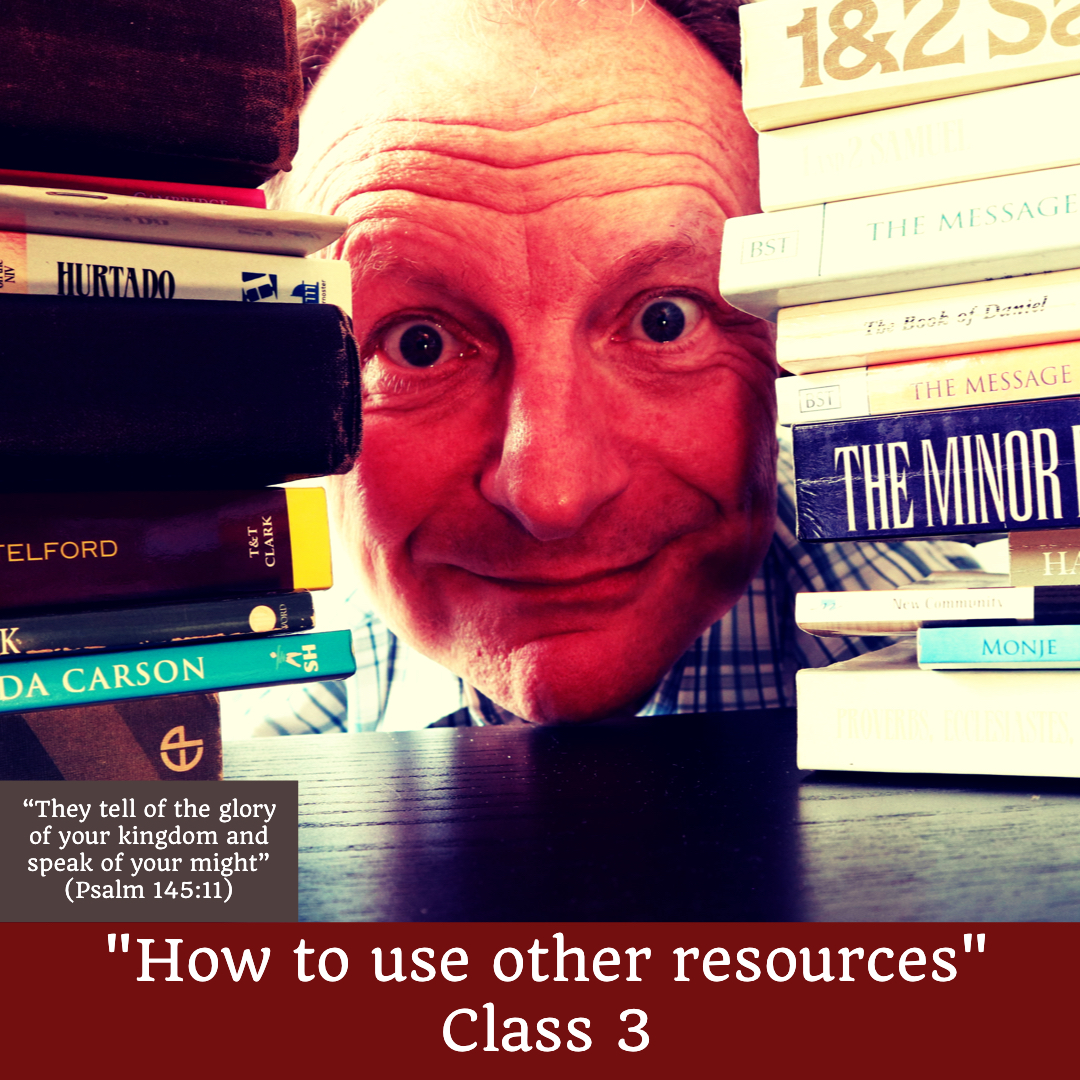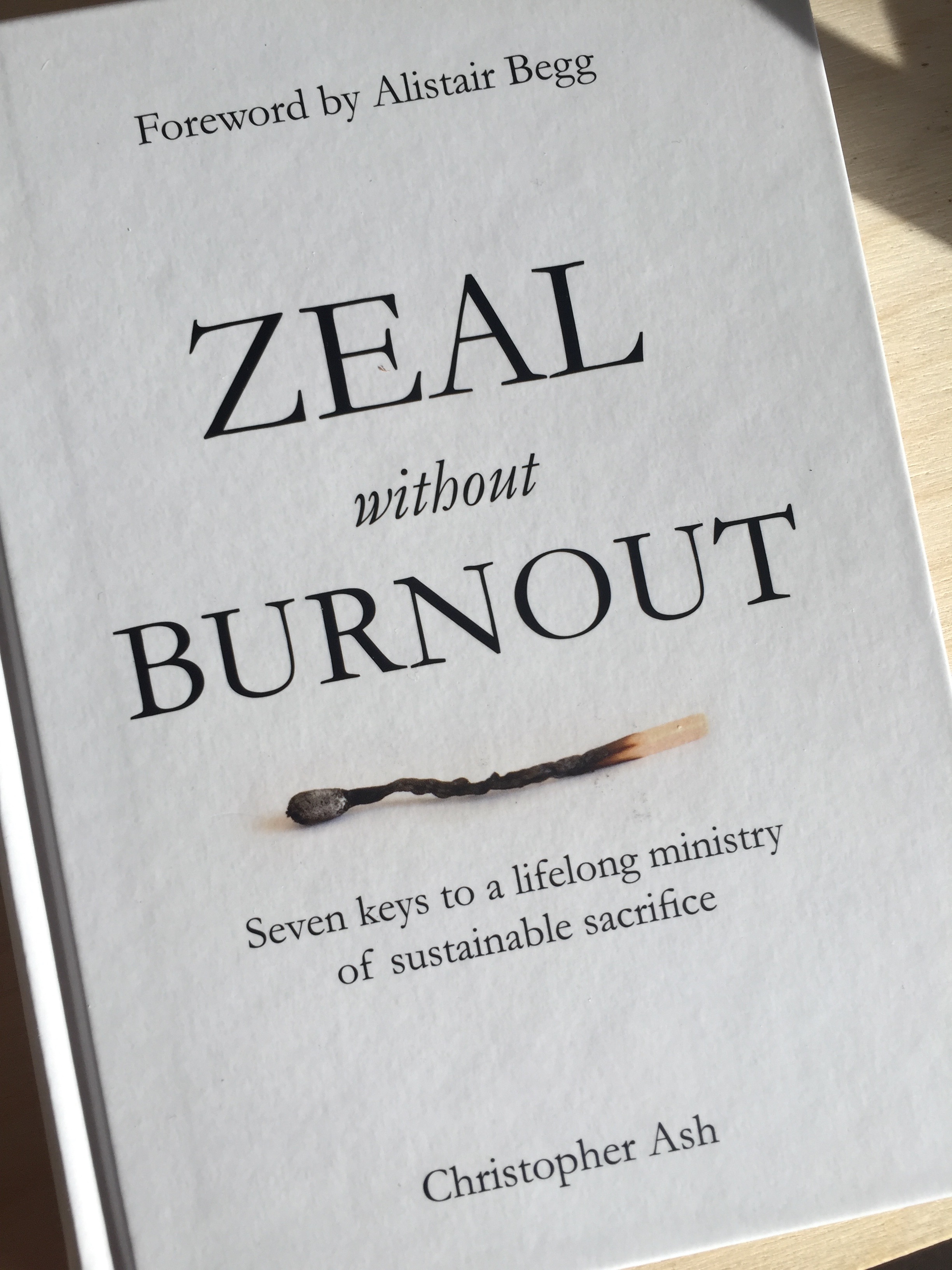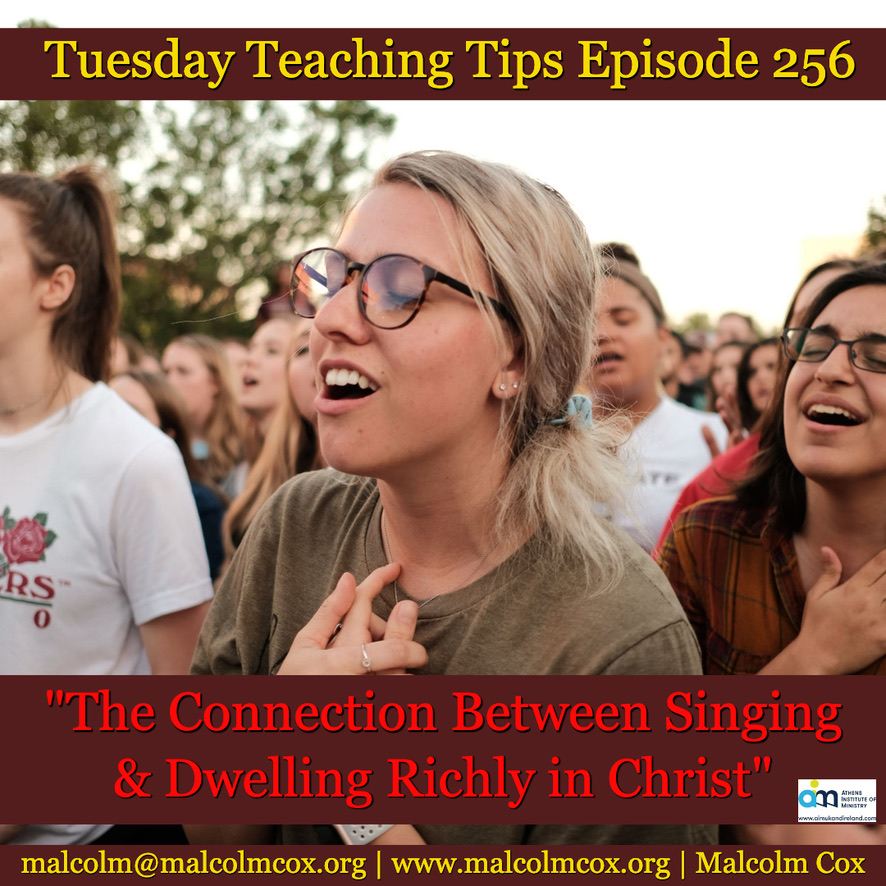Introduction
- You have chosen your text
- You have explored it
- What other insights can you use?
- These are important, but bonus
1. Books etc.
a. Bible software
b. Alternative translations
- Formal equivalent – more literal: NASB / RSV2.
- Mediating versions: NIV
- Functional equivalents, Free: Message
c. Commentaries
- How to choose: https://youtu.be/xrkr0CDDeRM , 2016
- https://www.bestcommentaries.com/
- One author/book – specialists in that book
- Newer rather than older
- New commentary when start new project
d. Bible dictionaries
- Dictionary of NT etc.
- IVP set
e. Atlas
f. Timeline
g. Photos
h. Original languages
2. Friends
- What do you think this passage is all about?
- Do you know any resources you suggest I try?
- “I’m thinking this is the point, what do you think?”
3. Internet
- Be discerning
Conclusion
- Question: What resources do you have available?
- Question: How can you make best use of them?
- Next time: how to select your point
“One generation commends your works to another; they tell of your mighty acts.” (Psalm 145:4 NIV11)
Please add your comments on this week’s topic. We learn best when we learn in community.
Do you have a question about teaching the Bible? Is it theological, technical, practical? Send me your questions or suggestions. Here’s the email: malcolm@malcolmcox.org.
If you’d like a copy of my free eBook on spiritual disciplines, “How God grows His people”, sign up at my website: http://www.malcolmcox.org.
Please pass the link on, subscribe, leave a review.
“Worship the LORD with gladness; come before him with joyful songs.” (Psalms 100:2 NIV11)
God bless, Malcolm
PS: You might also be interested in my book: “An elephant’s swimming pool”, a devotional look at the Gospel of John


